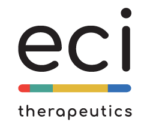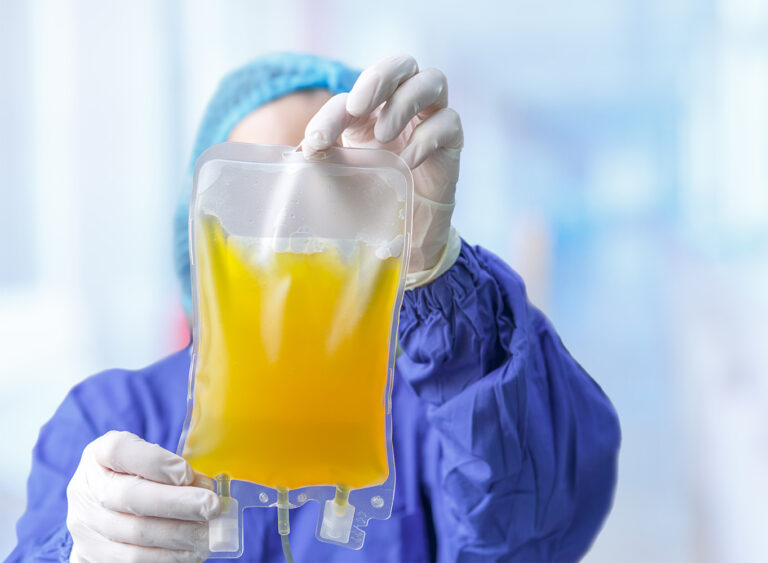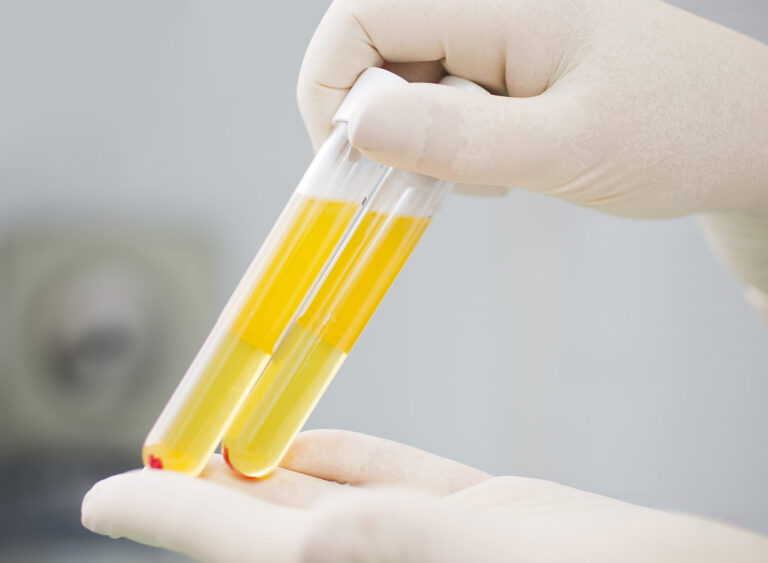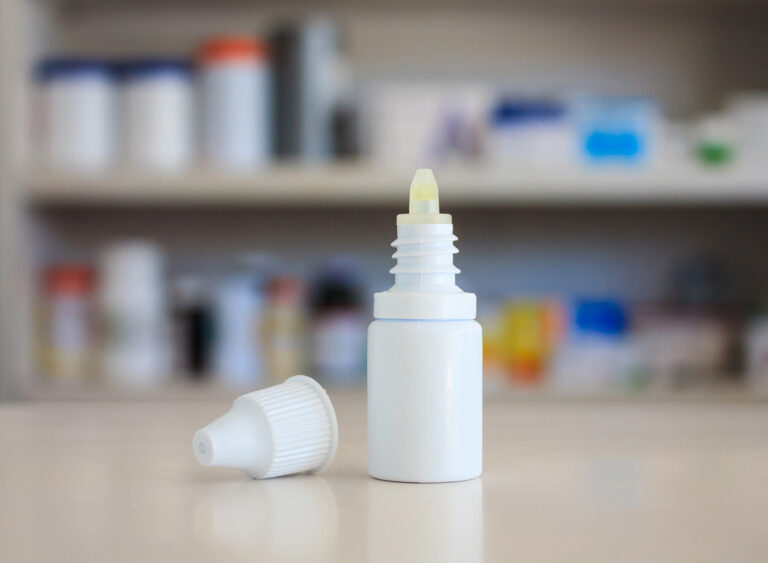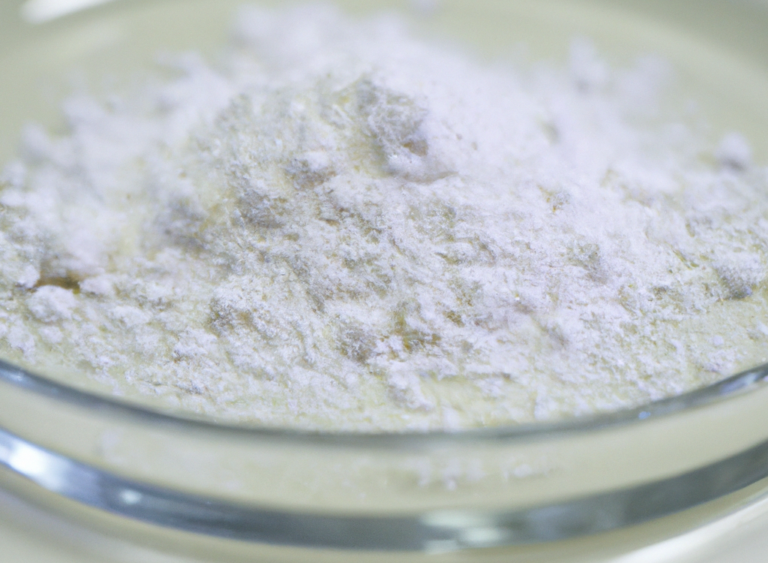


Chitosan delivers a range of benefits to promote healing.
chitosan



Chitosan delivers a range of benefits to promote healing.
Chitosan is a natural and versatile biopolymer that is derived from chitin, a polysaccharide that is from cell walls of fungi (mushroom-derived chitosan) or the exoskeletons of crustaceans, such as shrimp, crab, or lobster.
Chitin has a range of properties that make it useful in a variety of applications. It is biocompatibility, biodegradability, and non-toxicity making it a promising material for use in medical applications, while its mucoadhesive, bleeding control, antimicrobial and tissue-regenerative properties enhance the attributes of the products we develop.
- muchoadhesive – enabling drugs to stay in place longer
- accelerates wound healing
- anti-microbial
- non-immunogenic/ biodegradable
for eyes
Chitosan, a biopolymer sourced from chitin, has mucoadhesive properties that allow it to cling to mucosal surfaces, including the conjunctival and corneal surfaces of the eye. This assists therapeutic ingredients, in this case, plasma growth factors, in maintaining extended contact with the eye, potentially offering enduring relief.
Furthermore, chitosan may be capable of creating a protective layer to help retain moisture and acts as a shield against external irritants.
for wound care
Chitosan has been shown to have antibacterial and anti-inflammatory properties, and it may promote wound healing by stimulating the growth of new tissue and reducing inflammation. Studies have found that chitosan-based wound dressings can accelerate healing and reduce the risk of infection in patients with chronic wounds.
Chitosan has also been studied for its potential use in a range of other applications, such as as a drug delivery system for antibiotics, as a wound dressing for burns, and as a bioadhesive for surgical applications.
for mucosal membranes
Plasma’s growth factors and proteins promote cell proliferation, tissue regeneration, and repair, potentially making them beneficial for mucosal health. Additionally, the inherent composition of plasma naturally hydrates dry mucosal membranes.


FDA regulation of chitosan
The US Food and Drug Administration (FDA) regulates chitosan as a food ingredient and dietary supplement, but it also regulates its use in drugs. Chitosan is generally recognized as safe (GRAS) as a food ingredient and is widely used in dietary supplements and functional foods.
When used in drugs, chitosan may be considered a non-active or inactive ingredient, and it must be included in drug applications as part of the drug’s formulation. The FDA requires drug manufacturers to demonstrate the safety and efficacy of chitosan as an ingredient in their drugs before approving them for use in the US market.
The regulatory pathway for drug approval involves preclinical testing, clinical trials, and a detailed analysis of the drug’s safety and efficacy data. The FDA reviews the data and makes a decision on whether to approve the drug for marketing in the US. Once approved, the FDA continues to monitor the safety of the drug through post-market surveillance activities.
Overall, the FDA has strict regulations in place to ensure the safety and efficacy of drugs containing chitosan. Drug manufacturers must provide extensive data on the quality, safety, and effectiveness of their chitosan-containing products, and the FDA carefully evaluates this data to ensure that the drug is safe and effective for its intended use.
Medical chitosan is regulated by the U.S. Food and Drug Administration (FDA) as a medical device. The FDA has established a classification system for medical devices based on the level of risk they pose to patients, with Class I devices being low-risk and Class III devices being high-risk.
Chitosan products for medical use are classified as Class II devices, which are moderate-risk devices that require a 510(k) premarket notification to the FDA before they can be marketed in the United States. This process involves demonstrating that the device is substantially equivalent to a legally marketed device that is already on the market, or providing evidence that the device is safe and effective for its intended use.
The FDA also provides guidance to manufacturers on the manufacturing and testing requirements for medical chitosan devices. These guidelines cover aspects such as the purity and quality of the chitosan material, the sterilization process, and the biocompatibility and safety of the device for its intended use.
In addition to the FDA regulations, manufacturers of medical chitosan may also need to comply with other regulatory requirements in the countries where they sell their products, as well as with industry standards such as ISO 13485, which provides guidelines for the design, development, and production of medical devices.


Chitosan is generally considered safe for human use, with few reported complications.
While chitosan can be sourced from fungi or shellfish, it is hypoallergenic and is an ideal component because of its biocompatibility, antimicrobial, biodegradability, and non-toxicity qualities.
As with any new therapy, it is important to consult with a healthcare professional before using any chitosan-containing products, especially if you have a history of allergies, digestive problems, or are taking any medications.


learn more about:
our platform
Our platform leverages plasma from donated human blood and a proprietary antimicrobial molecule (form of chitosan). The tissue-repairing benefits of plasma-derived products, combined with the sustained action of chitosan, may provide relief and long-lasting therapeutic action.
our products
Our therapeutic, formulation is suitable for a variety of products, including liquid eye drops, gels, ointments, contact lenses, contoured bandages, and wound dressings. We believe this formulation will promote healing of epithelial (surface cell) disorders, such as dry eye disease, ophthalmic burns, and chronic wounds.
